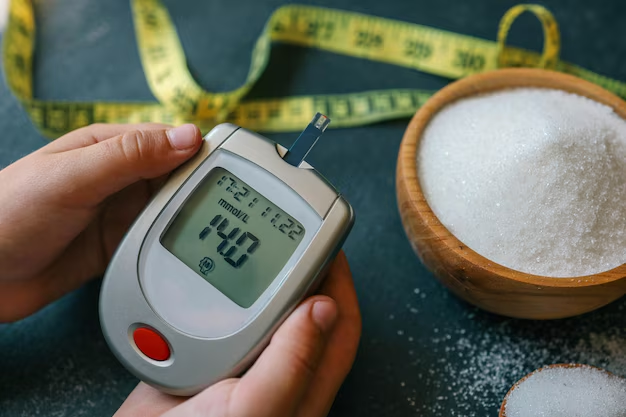Understanding Typical Blood Sugar Levels for Diabetics
Managing diabetes effectively hinges on keeping blood glucose levels within a target range. But what exactly constitutes a "normal" glucose reading for someone with diabetes? Understanding these numbers not only helps in day-to-day management but also plays a crucial role in long-term health planning.
Blood Sugar Levels: The Basics
For diabetics, target blood sugar levels typically differ from non-diabetics. Health experts generally recommend the following guidelines, though individual targets may vary based on personal health profiles and advice from healthcare providers:
- Fasting (before meals): 80-130 mg/dL
- Two hours after meals: Less than 180 mg/dL
- Bedtime: 100-140 mg/dL
These numbers provide a framework for diabetics to gauge how effectively they are managing their condition. However, it's crucial for individuals to tailor these goals based on specific circumstances.
Managing Glucose Fluctuations
Fluctuations in blood sugar levels are common, even with vigilant monitoring. Variations can occur due to factors such as food intake, physical activity, stress, and illness. Maintaining a healthy lifestyle and following medical guidance allows diabetics to minimize these swings and prevent complications, such as hypoglycemia and hyperglycemia.
Financial Considerations for Diabetic Care
While understanding and managing blood sugar levels is critical for health, the financial burden can be overwhelming. Diabetes can strain personal budgets due to costs associated with monitoring equipment, medications, and specialist visits. Fortunately, several financial assistance programs can offer valuable support.
Government Aid Programs
Many government-sponsored programs provide financial aid to those managing diabetes:
Medicaid and Medicare: These programs can cover costs associated with diabetes management for eligible individuals, including medications, equipment, and doctor visits.
Supplemental Nutrition Assistance Program (SNAP): Offers food-purchasing assistance, allowing for a healthier diet, which is essential in managing blood glucose levels.
State Health Insurance Assistance Program (SHIP): Provides free counseling to help individuals optimize their Medicare or Medicaid benefits.
Educational and Financial Resources
Understanding and utilizing available resources not only ease the financial burden but also empower diabetics with better control over their condition.
Tools for Debt Relief and Financial Health
Credit Counseling Services: Organizations can assist with debt management and provide budgeting advice customized to fit individuals dealing with chronic medical expenses.
Debt Consolidation Options: Streamlining payments into a single manageable plan can provide some relief amidst medical expenditures.
Educational Grants: For students with diabetes, financial support may be available to ease the cost of higher education, allowing them to focus on both their education and health.
In the journey of managing diabetes, knowledge is indeed power. Understanding glucose targets and tapping into available financial and educational resources can significantly enhance both health outcomes and quality of life.
Helpful Resources for Diabetics 🎯
- Medicaid & Medicare 🏥: Ensure you check your eligibility for comprehensive health coverage, including diabetes care.
- SNAP Benefits 🍏: Apply for nutritional assistance to maintain a healthy diet.
- Credit Counseling Services 💳: Get help with debt management and budgeting advice.
- Educational Grants 🎓: Explore financial aid options if pursuing education.
- State Health Programs 🏛️: Consult SHIP for maximizing your healthcare benefits.
